Today’s seemingly unrelated pictures stem from a three-day hiking trip that my wife and I did with some friends in the Point Reyes National Seashore earlier this week. Mainly we hit the Tomales Point trail and the Estero Trail. We stayed at a pleasant, inexpensive inn called the Tomales Point Resort.

I also posted some pictures of the Tomales Point trail back in 2008, in the context of a ruminative but not really despairing philosophical entry called “The Problem of Death.”
Today’s topic, however, has to do with a new angle on intelligence augmentation.

What are some ways in which people might become noticeably smarter? I’m not interested in brute-force approaches like shoving in more memory tissues or internalizing direct links to world wide web. The cool, SFictional thing would be if there were some in-retrospect-rather-obvious mental trick that we haven’t yet exploited.
In this context I’m also thinking of my friend Nathaniel Hellerstein’s notion that there could be some as yet undiscovered physical tool as simple as the wheel, screw, or lever. I think he used to call his thing the flippit.

Mind amplification tricks do exist. Think of how our effective intelligence improved with the advent of speech and of writing. In the mathematical realm, our ability to calculate got exponentially better when we started using positional notation. And the computer and the internet give us another big boost: rapid computation, stable external memory (like my notion of a lifebox), and the universal library of web search. It would be cool if there some non-technical mental trick that would make us much brighter.
One of the dreams of AI is that there may yet be some conceptual trick that we can use to make our machines really smart. The only path towards AI at present is to beat the problems to death with neural nets working on data-bases. Progress involves making the computers faster, the neural nets more complex, and the data bases larger. But what if there were some clear and simple insight, some big aha?
And—the kicker—the aha would work for human brains as well as for machines. We’d get IA (intelligence amplification) as well as AI (artificial intelligence).
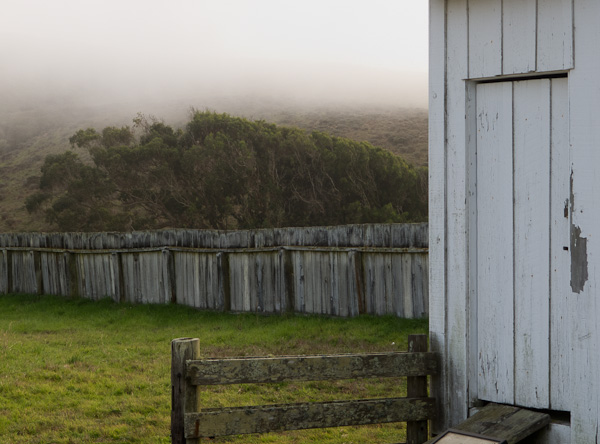
Inkling of the aha: My thoughts aren’t at all like a page of symbols—they’re blotches and rhythms and associations. Is there any communicable way to truly describe one’s real mental life?
And this is where I can use the mind-as-quantum-system notion of Nick Herbert’s quantum tantra! So we get a lot smarter by using a form of mental quantum computation.
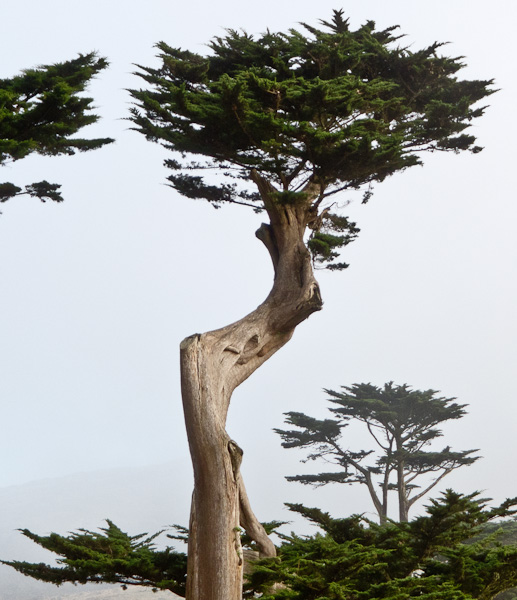
Seemingly irrelevant topic: The other day night we saw the Ken Kesey and Merry Pranksters movie, Magic Trip. The material was quite familiar to me from Tom Wolfe’s The Electric Kool-Aid Acid Test and from Kesey’s Garage Sale anthology.
Unsettling to see some snippets of Neal Cassady doing motor-mouth speed rapping. “We’re 4D minds in 3D bodies in a 2D world.”
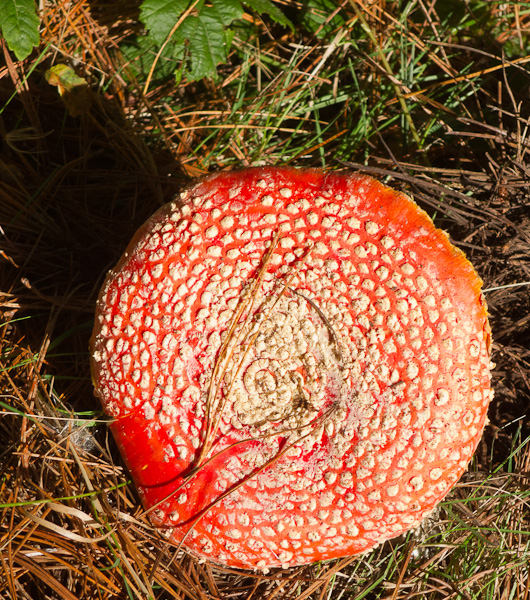
The whole cultural change thing being depicted is exciting—the flow from early Sixties with the Beats, to Tim Leary’s high-minded proselytizing, to the Pranksters’ street psychedelia, and thence to the mass fad for acid, including the birth of light shows and the Grateful Dead. I like the notion of the Dead noodling along to the trippers at the 1964-1965 acid tests.
I liked the scenes where Kesey meets Kerouac and then meets Leary, and the meetings don’t click. The street surrealists meet the resentful alkie sentimentalist and the mandarin. Later in the film, apropos of his reduced role as a writer, Kesey says—with touches of sadness, shyness, embarrassment, and acceptance: “Maybe I fried my marbles.”
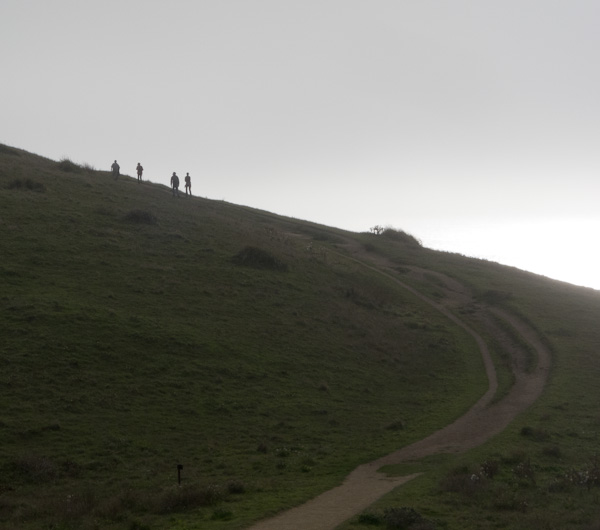
And now—here’s the point—I’m thinking that I could transmute the historical birth of the psychedelic movement into a theme for my next SF novel. It could all happen again—something I’ve always longed for. The so-called Sixties were way too short.
But this time we do it not via a drug, but via quantum tantra in Nick Herbert’s sense, that is, via a new technique of mind-alteration that’s not exactly meditation, but rather something more literally physics-based. At least initially, I’ll take the physics route rather than any, like, Sufi or Zen mystic route.
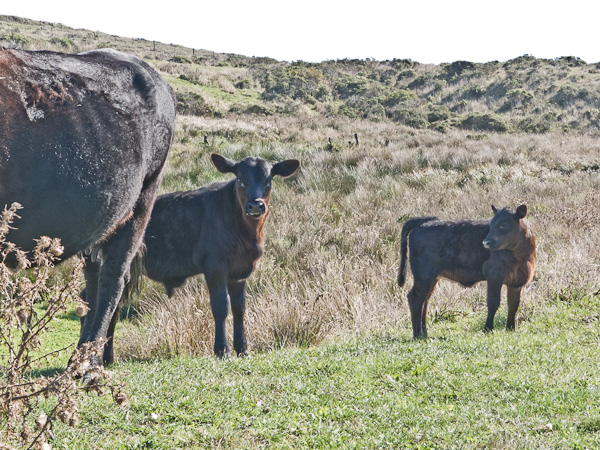
Like Nick says, it would be so cool to see some laboratory physics break-through for QT (quantum tantra). This makes it interesting, dramatic, SFictional, and Silicon Valley. It’s the angle that Nick’s always hoped for. But then, later on in the novel, some visionary can see that the laboratory equipment isn’t necessary, and that one really can enter a QT state on one’s own—and now it can be some kind of mystic meditator that gets to this point, I’m thinking of a Japanese woman speaking odd English.
The QT movement hits with force of the psychedelic revolution—the excitement, the liberation, the public ignorance, the denunciations politicians, and the ensuing international fad.
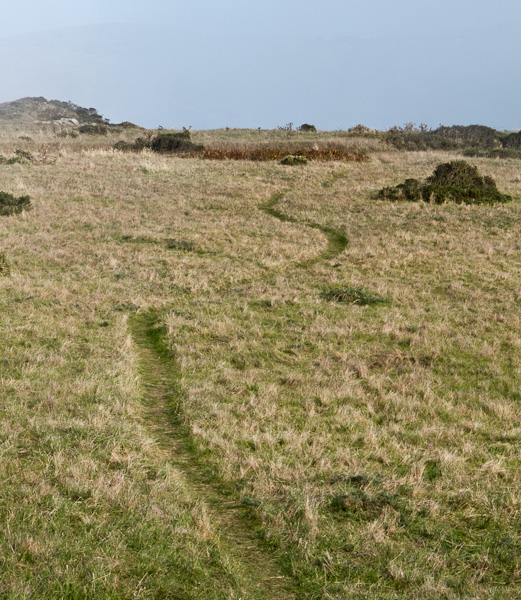
It’s worth recalling that in that historical period of the advent of acid, the atomic bomb was on people’s minds, also the recent assassination of JFK. A heavy time. And—at least according to Magic Trip—the CIA were the ones who first started disseminating acid to the American public—under the guise of scientific tests.
So I might have a kicker where quantum tantra is a government invention of some kind. We might suppose that our leaders see QT as a kind weapon. They plan to send QT-heads into enemy cities, prepared to rip holes in space like psychedelic suicide-bombers. And naturally this goes wildly wrong…









November 4th, 2011 at 9:31 am
Even if you never write the novel, I think my mind is a happier place just reading the sketch you’ve given above. That said, this has the makings for an amazingly joyful ride, so PLEASE write it. The Sixties a-born without the reliance on the sledgehammer technology of chemistry, but instead the subtle surfing of the quantum. Honestly, man, I’m near giddy with delight!
November 4th, 2011 at 4:27 pm
I want to read this book as well!
You could model the mystic meditator on Eckhart Tolle. He’d fit the part nicely.
Like the complex jump-code to the Hibrane in your book Postsingular. Then Chu figures out how to visualize this code as a knot.
I loved that part. Great stuff! Keep it coming.
November 4th, 2011 at 7:04 pm
hey Rudy, the last pics posted are very professional in their content and you would do well in that field, having a great eye for it. I think you may have missed your calling. Beautiful scenes! Thanks for sharing! Have a Happy Thanksgiving!
November 5th, 2011 at 12:34 pm
I love the ideas for the story. And the pnotos are amazing, technically expert and eye-opening; I’ve been to Point Reyes many times, but never seen it from that perspective.
November 6th, 2011 at 4:52 am
Sounds like quite a trip, man. The photos are gorgeous!
November 7th, 2011 at 5:15 pm
I ran into Nick Herbert’s book on Quantum Reality in of all places the East West Book store just after first reading this. I picked it up and I’m reading it.
Regarding the story, you might want to read “The Mouse that Roared,” I don’t remember to author; it is a story about the development of the mouse, psychedelics, and the goings on in the Valley at that time.
November 8th, 2011 at 7:58 am
I called that fictitious invention the “flikkit”. Presumably you’d flick it. I imagined it as a simple device – as simple as wheel, lever or wedge – for picking things off the floor without bending over. You and I agreed that the slime lobsters of Zeta Reticuli invented it, but not the wheel. You and I also agreed that the flikkit is obvious in retrospect, but until we meet the slime lobsters, we’ll just have to do without, or hope for a seriously lateral thinker.
The Zero is a kind of flikkit. Obvious in retrospect, absurdly simple, incredibly useful.
November 9th, 2011 at 3:12 pm
more than a super idea.
November 11th, 2011 at 1:40 pm
The Flikkit sounds something like a tob? Tob, verb, to attach objects to each other permanently. Tob, noun, a tool used to tob objects. Discovered in the early Stone Age, tobbing gave mankind a huge advantage over predators by allowing them to block up cave mouths securely or cobble together shelters in the open. Rocks dating back to this era have been found roughly tobbed together, still adhering after millennia. Tobbed cattle pens led to the invention of masonry and agriculture. Although it seems obvious, it must have been an accidental discovery by a neolithic idly twisting a stick so that the curves replicated the five critical primes(see detailed explanation below), and finding that he or she could actually drag it through solid objects; this would have inevitably led to accidentally tobbing two sticks or rocks together. Today we have many types and subspecialties, including surgical microtobs and construction tobs that can weld huge blocks and girders, and many artists and artisans still use rival methods like cement, adhesives, and hot metals to produce fine work. The best tobs are made from lacquered bamboo, but spring steel works as well and lasts longer. As basic as fire or the wheel, tobs are one of the things that separate humanity from lower animals.
November 27th, 2011 at 8:14 am
Steve H: I LOVE the tob! An truly excellent parallel basic tool!I take it that it involves the fourth dimension?
I visualize the flikkit as an easy-lifting device, made from three twisted sticks tangled together. Used one way it lifts things; turned upside down and inverted, it becomes the ‘fidget’, or mechanical chaos-damper. They put fidgets on umbrellas to stabilize them in high winds.